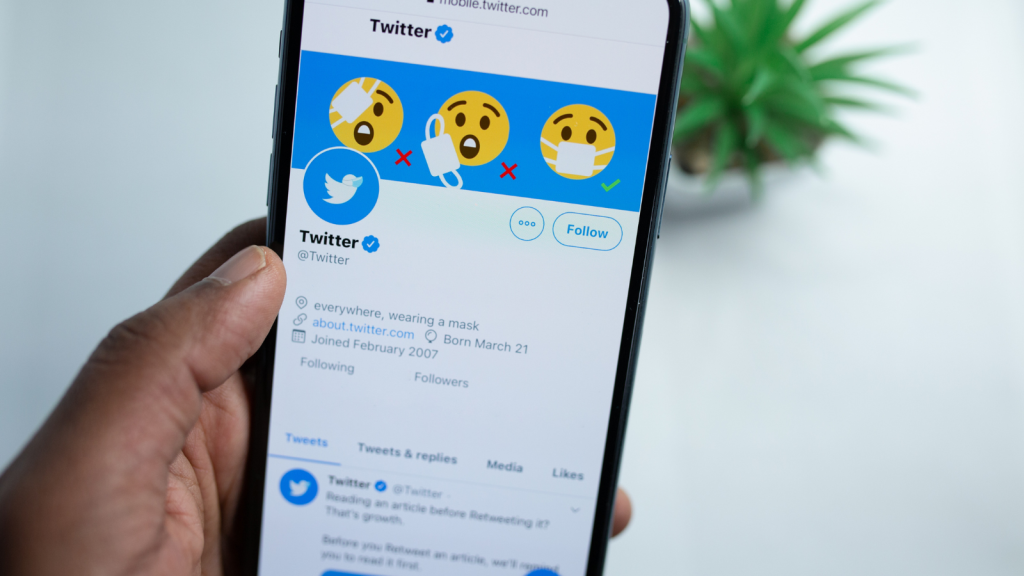Twitter can feel like a chaotic digital party where everyone is talking at once, but hidden within the noise is an incredible marketing goldmine. The problem? Most brands and marketers aren’t using it correctly.
Let’s say Sarah, a small business owner, starts tweeting about her handmade candles. She posts about them every few days, throws in a couple of hashtags, and waits for sales to roll in. Nothing happens. Meanwhile, her competitor, Jake, keeps popping up everywhere, engaging with customers, and making sales daily. What’s Jake doing differently?
The secret lies in Twitter’s unique rhythm, engagement tactics, and algorithmic magic. If you want to turn Twitter into a powerhouse for marketing, keep reading—these are the untold strategies that can change everything.
1. Use NLP to Make Your Tweets More Discoverable
Twitter’s search function and algorithm rely heavily on Natural Language Processing (NLP) to recommend tweets and accounts. If you use the right keywords, you can boost your visibility without spending a dime on ads.
For example, instead of Sarah tweeting: ❌ “Our new lavender candles smell amazing!”
She should tweak it for discoverability: ✔ “Looking for stress relief? Our lavender-scented soy candles are handcrafted for ultimate relaxation. ️✨ #SelfCare #Aromatherapy”
This tweet includes words that people actually search for—stress relief, soy candles, self-care, aromatherapy. By optimizing your tweets with searchable terms, you make it easier for potential customers to find you.
2. The ‘Twitter Thread’ Growth Hack
Single tweets often get lost in the feed, but Twitter threads (a series of connected tweets) increase engagement and keep people on your profile longer.
Take Mark, a SaaS startup founder. Instead of tweeting: ❌ “Our new project management tool just launched! Try it out.”
He creates a compelling thread: ✔ “ We just launched a project management tool that can save you 10+ hours a week. Here’s why it’s different: ”
Then, in a series of tweets, he explains the features, shares customer testimonials, and ends with a call to action.
Threads keep users engaged, leading to more likes, shares, and profile visits—all of which Twitter’s algorithm rewards.
3. The Engagement Formula: 80/20 Rule
Many brands make the mistake of only tweeting about their own products. Twitter is a conversation, not a billboard. The 80/20 rule means:
- 80% of your tweets should be engaging, informative, and conversational.
- 20% can directly promote your products or services.
For instance, instead of constantly tweeting about her candles, Sarah could: ✔ Share DIY home decor tips ✔ Ask followers about their favorite scents ✔ Run polls on what candle she should create next ✔ Retweet customer reviews
This approach builds community, making people more likely to buy when she does promote her products.
4. Leverage Twitter Lists for Laser-Targeted Networking
Twitter Lists are one of the platform’s most underutilized features. Instead of scrolling through endless tweets, you can create lists of influencers, potential customers, and industry leaders.
Jake, the savvy candle seller, creates a private list called “Aromatherapy Influencers” and adds relevant accounts. Every day, he engages with these users—liking, replying, and retweeting their posts. Over time, this builds relationships and increases his chances of collaborations and shoutouts.
5. Timing Matters: Tweet When Your Audience is Active
Tweeting at the wrong time is like talking to an empty room. The best times to tweet depend on your audience, but general trends show: ✔ Mornings (7 AM – 9 AM) – People check Twitter while commuting. ✔ Lunchtime (12 PM – 1 PM) – Quick social media break. ✔ Evenings (6 PM – 9 PM) – Relaxing and browsing after work.
Experiment with different times and analyze engagement using Twitter Analytics.
6. Run Engaging Twitter Polls & Giveaways
People love giving their opinions. Twitter polls are a fun way to boost engagement. If Sarah runs a poll like: ✔ “What’s your go-to relaxation scent? ️” 1️⃣ Lavender 2️⃣ Vanilla 3️⃣ Citrus 4️⃣ Other (reply below!)
This not only drives engagement but also gives her insight into customer preferences.
Giveaways are another engagement booster. A simple contest like: ✔ “Want to win a FREE candle set? ️✨ Retweet & follow us for a chance to win! Winner announced Friday.”
Encourages shares, increases followers, and expands brand reach.
7. Master Twitter DMs for Business Deals
Most people use DMs passively, but they can be a powerful sales tool. Instead of waiting for customers to come to her, Sarah could: ✔ DM users who engage with her tweets, thanking them and offering a discount. ✔ Reach out to micro-influencers with a personalized pitch for collaborations. ✔ Follow up with past customers for reviews or testimonials.
The key is to be personal and non-spammy. A message like: “Hey [Name], thanks for engaging with our recent tweet! Since you love aromatherapy, here’s a 15% off code just for you. Hope you enjoy it! ️”
Feels natural and encourages a sale.

